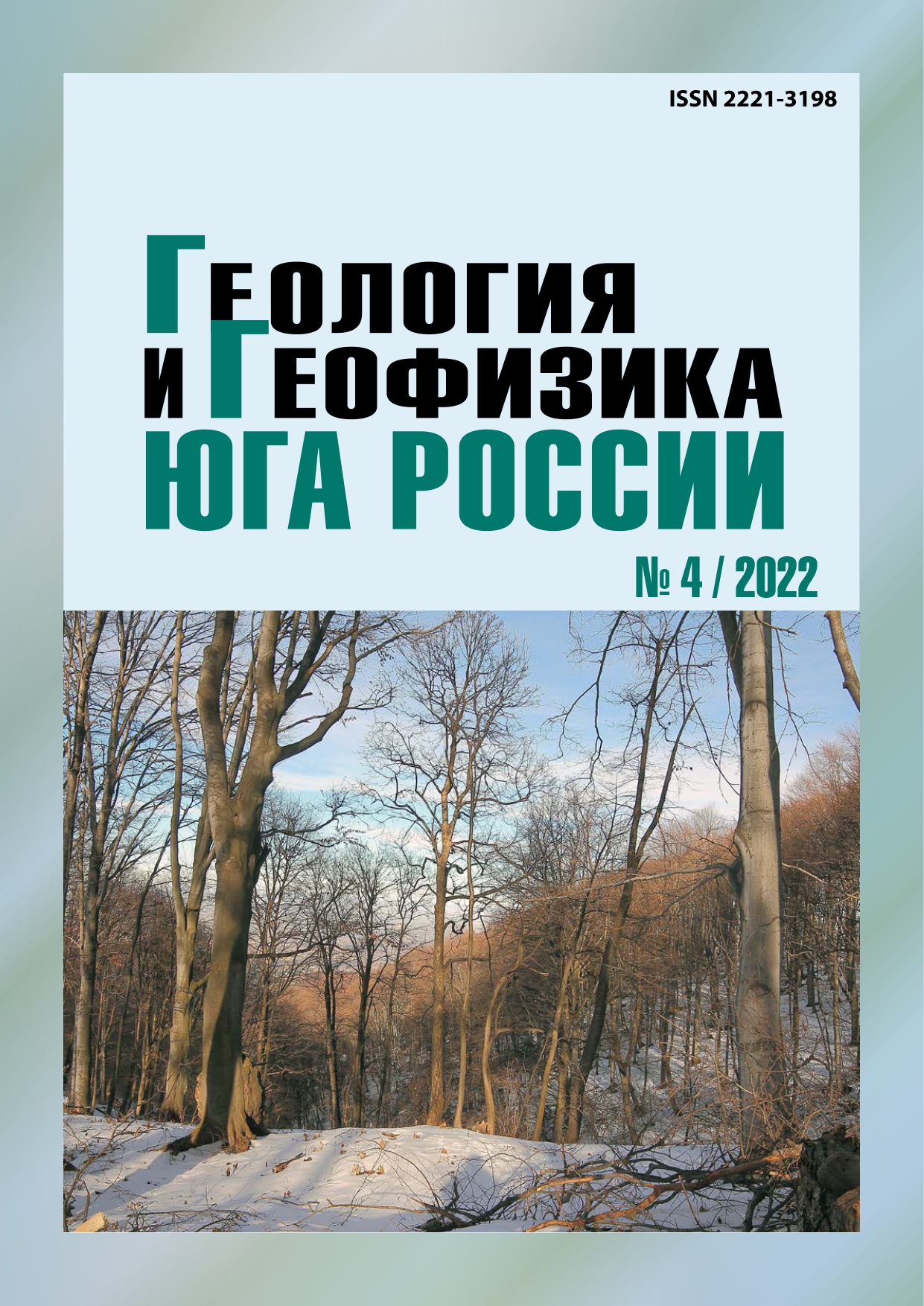Some new data on the influence of various soil conditions on probabilistic seismic hazard assessment of territories
Keywords:
probabilistic seismic hazard assessmen, seismic properties of “soft” and “hard” soils, ground vibration spectra, seismic microzoning
Abstract
Relevance. The issues of taking “ground” factor into account as one of the main components of probabilistic seismic hazard analysis (PSHA) of territories, important from scientific and practical points of view, are considered in the light of the recent data on the ground vibration spectra during earthquakes. Aim. Study of the influence of the previously identified differences in the vibration spectra of various types of soils during earthquakes with different magnitude and distance on the resulting probabilistic assessments of the seismic hazard of territories in specific seismogeological conditions. Methods. The work is based on a comparison of the probability-distribution functions of the macroseismic intensity of ground motions, obtained from the PSHA results for the North Ossetia-Alania territory. The assessments carried out separately for “soft” and “hard” soils were compared. The seismicity models used in the calculations are identical to the models developed for the detailed seismic zoning of this territory. New empirical attenuation functions of spectra of “soft” and “hard” soils, developed during the previous studies, were used as strong motion models. The final assessments of macroseismic intensity were obtained by recalculation of the probable spectra of ground vibrations. Results. Within the framework of PSHA, for average periods of ground motions of 500, 1000, 2500 and 5000 years, assessment and mapping of the area of possible macroseismic intensities in the territory of North Ossetia-Alania under “soft” and “hard” soil conditions were made, followed by determination of the differences between them. The values of these differences (“intensity increments”) vary from place to place. In addition, they depend on the average return periods of ground motions. The size of these variations can be up to 0.8 intensity of MSK-scale, which is quite a large value from a practical point of view. The variability of “intensity increments” shows that probabilistic assessments of seismic impacts, taking local soil conditions into account, performed on the basis of the “two-stage” calculation schemes common in the Russian Federation (where a “background” integral probabilistic assessment is first given, and then some fixed “soil” correction is introduced to it), are not correct and may contain significant errors. More promising in this regard are “single-stage” schemes, when the reactions of different soil types are taken into account already at the first stage (i. e., before the integral assessments obtaining) by developing appropriate models of strong ground motions.
Published
2022-12-28
Section
Articles


